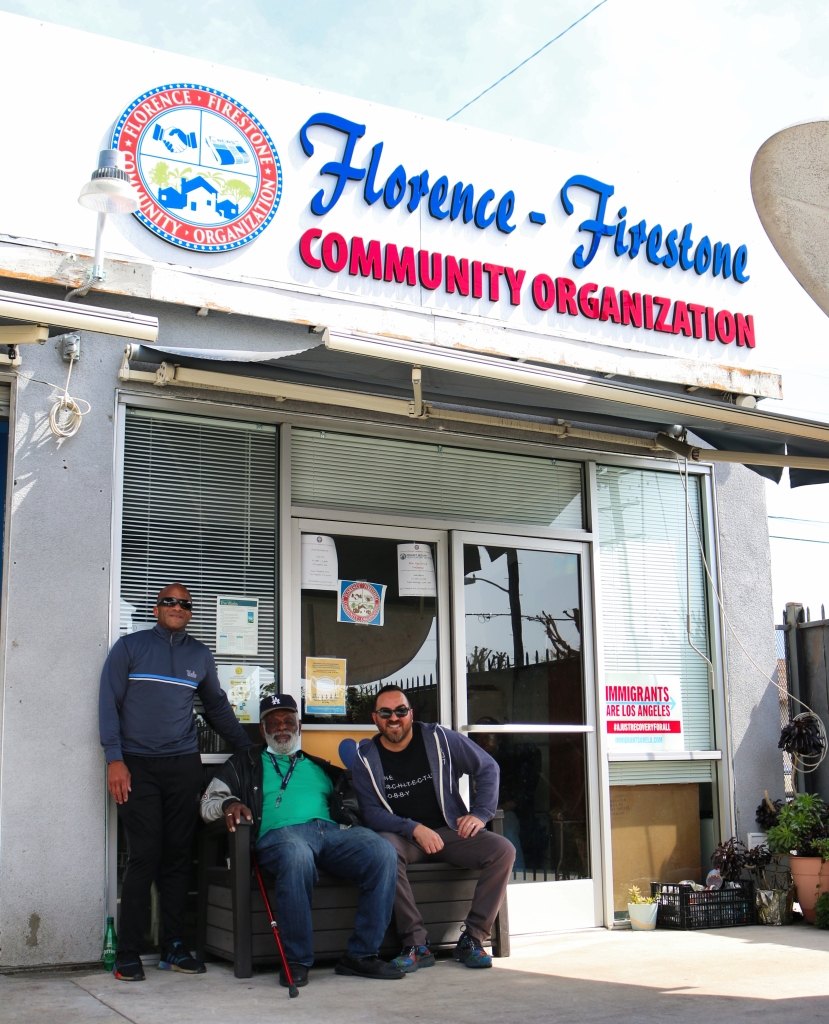
My fellow Board Members have reelected me to serve as Vice President of the Florence-Firestone Community Organization (501c3) in South Central LA. I greatly appreciate the Board’s vote of confidence and I’m honored to continue uplifting our neighborhood in this role.
FFCO has many wonderful things planned for community members in 2024. Our resource fairs, community food giveaways, and holiday events will continue, and we’re expanding community education programs with generous funding from our partners.
Building on last year’s Vision Zero advocacy, we’re upping our community engagement and planning service. I’m stoked to work on FFCO’s community planning initiatives, including our new public engagement partnership with Metro for the Rail to River Segment B project, community walks and bike rides, client projects with universities like CPPURP and UCLA Luskin, urban planning workshops, Embedded Planning advocacy, community assistance navigating LA County planning efforts underway, and more.
The Florence-Firestone community welcomed me with open arms when I was a “baby zoning enforcement planner” nearly 17 years ago. I figured out my life’s purpose here — as a planner and a person. I’m humbled to be an adopted FF resident serving my friends and neighbors. Thank you for the boundless support and inspiration!


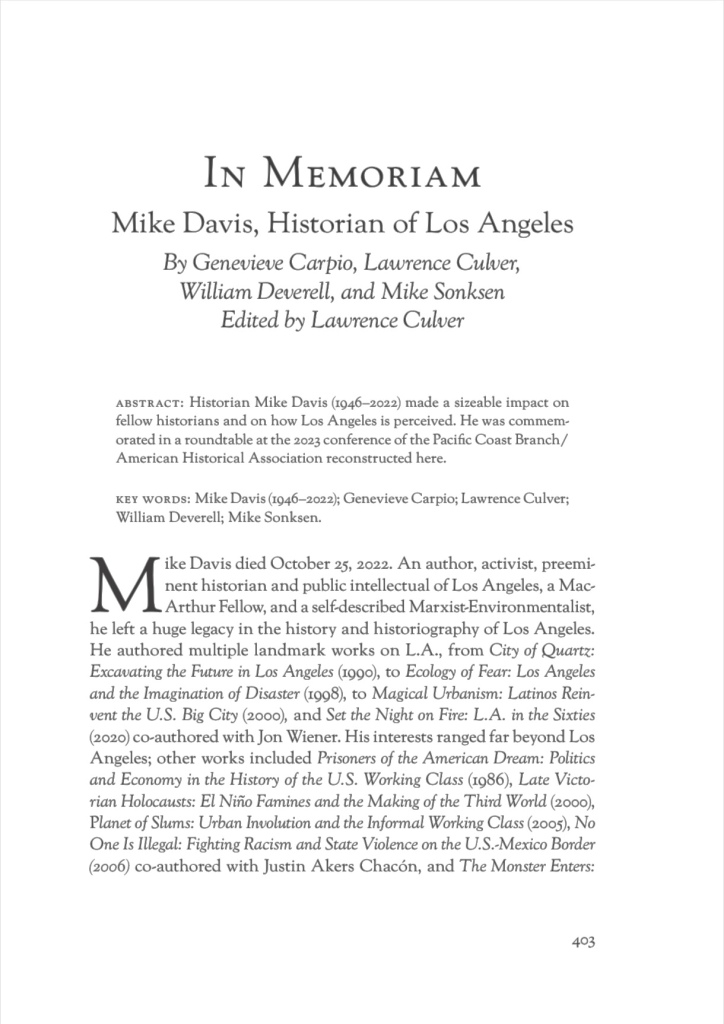



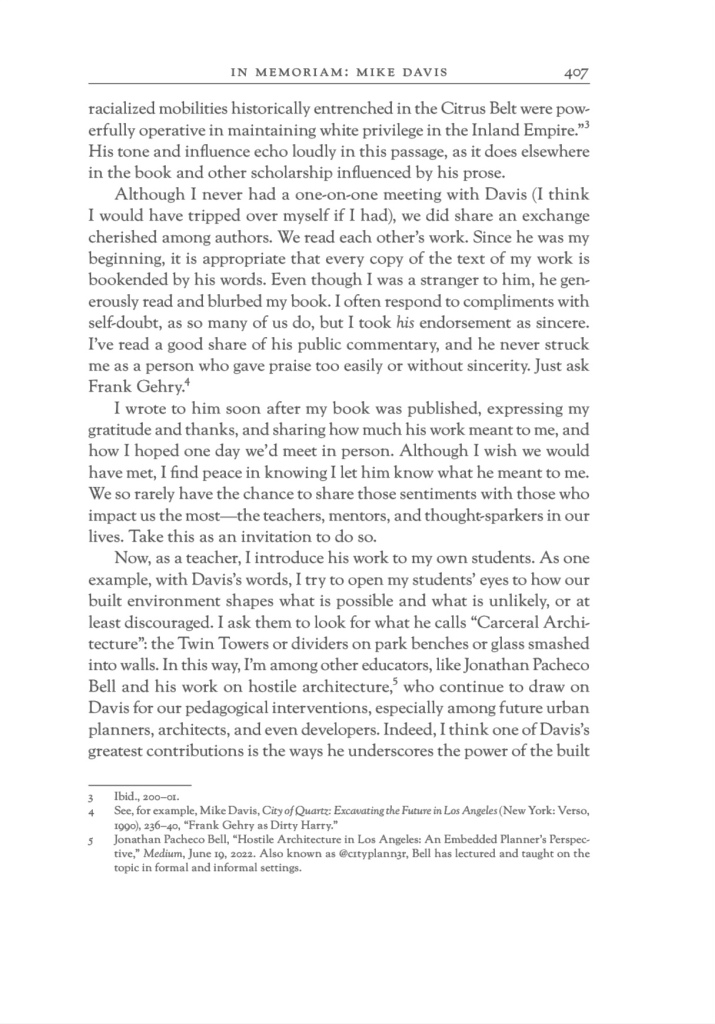
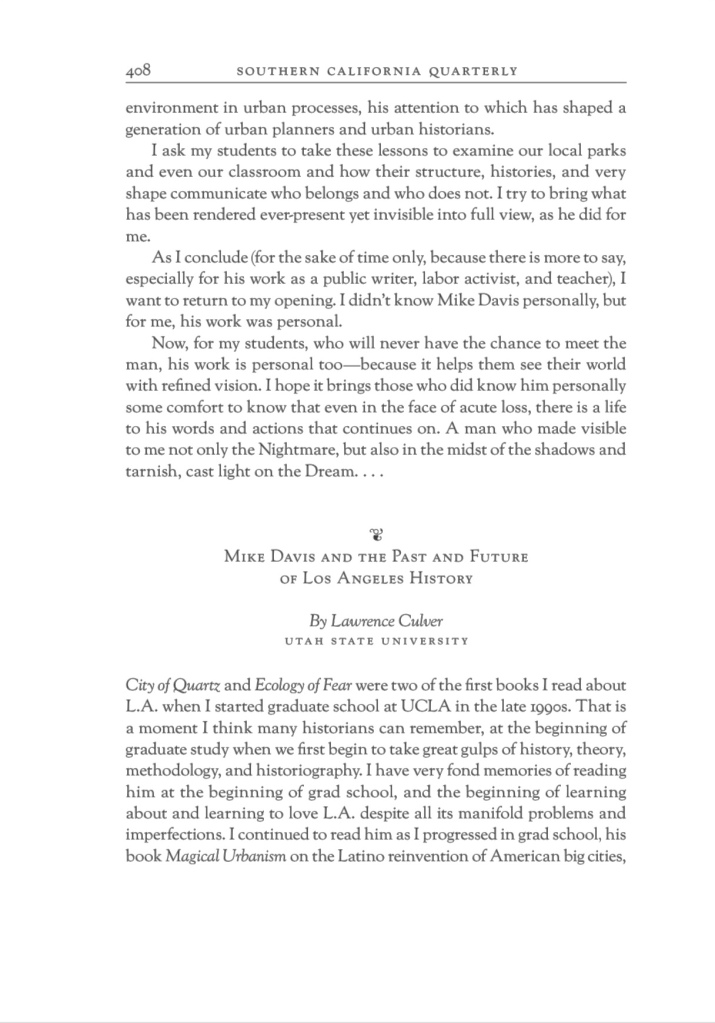














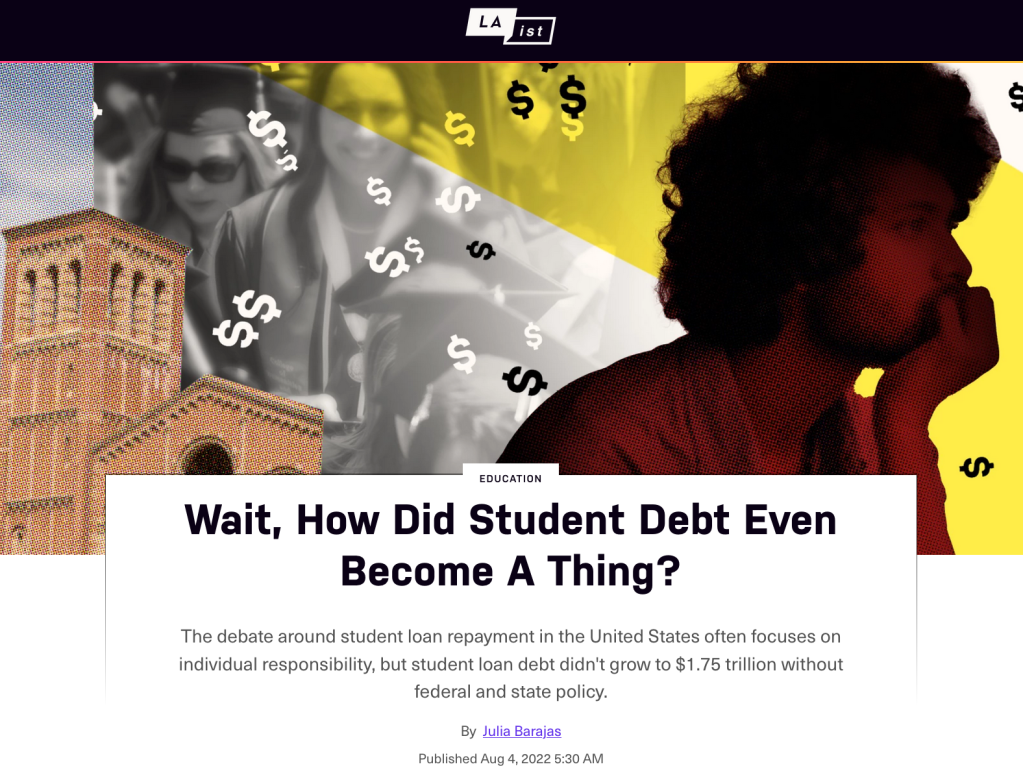
You must be logged in to post a comment.